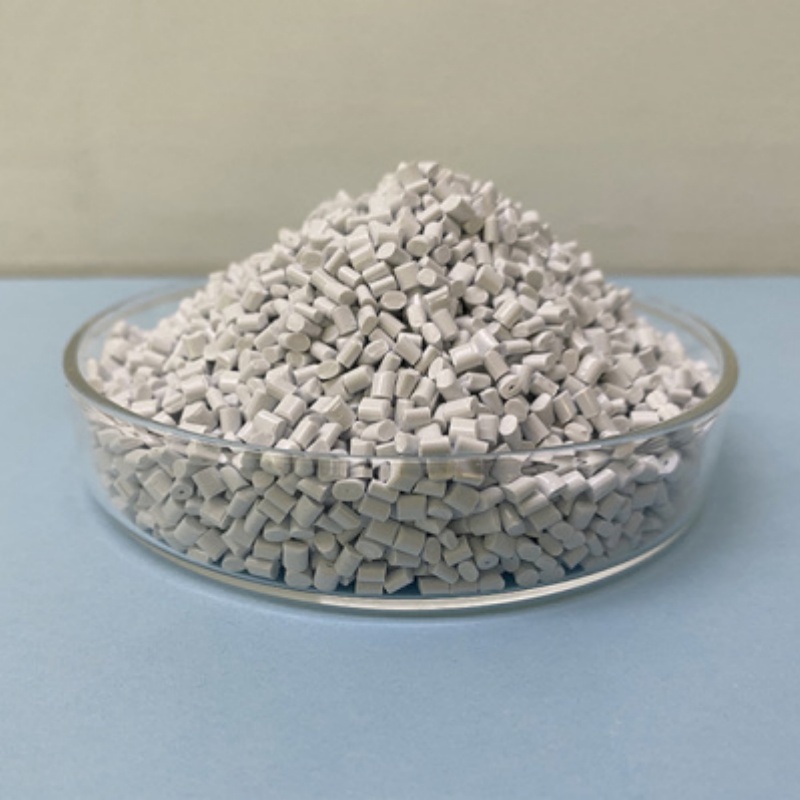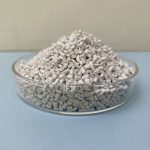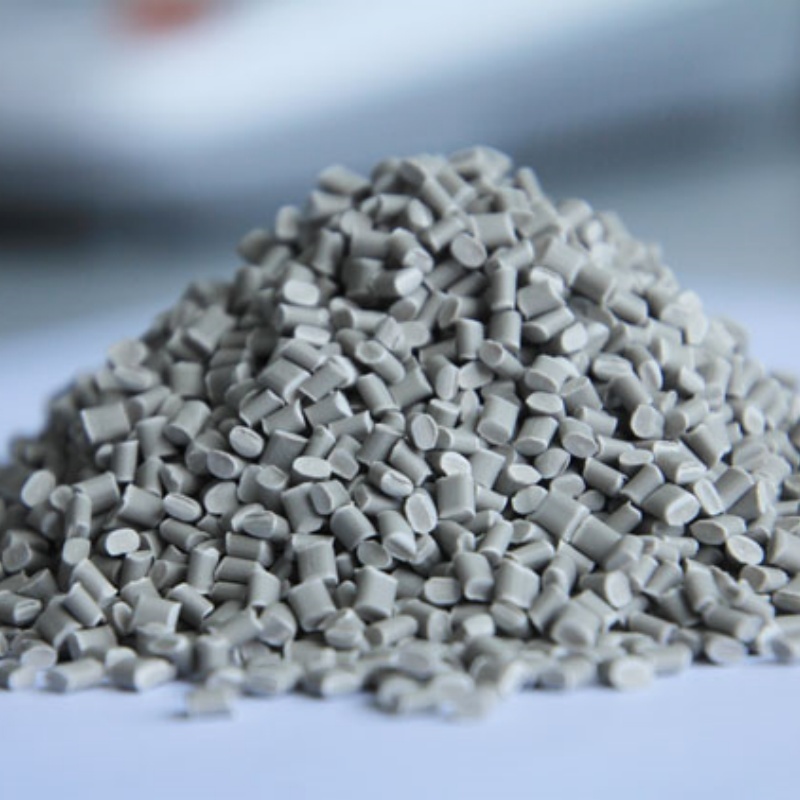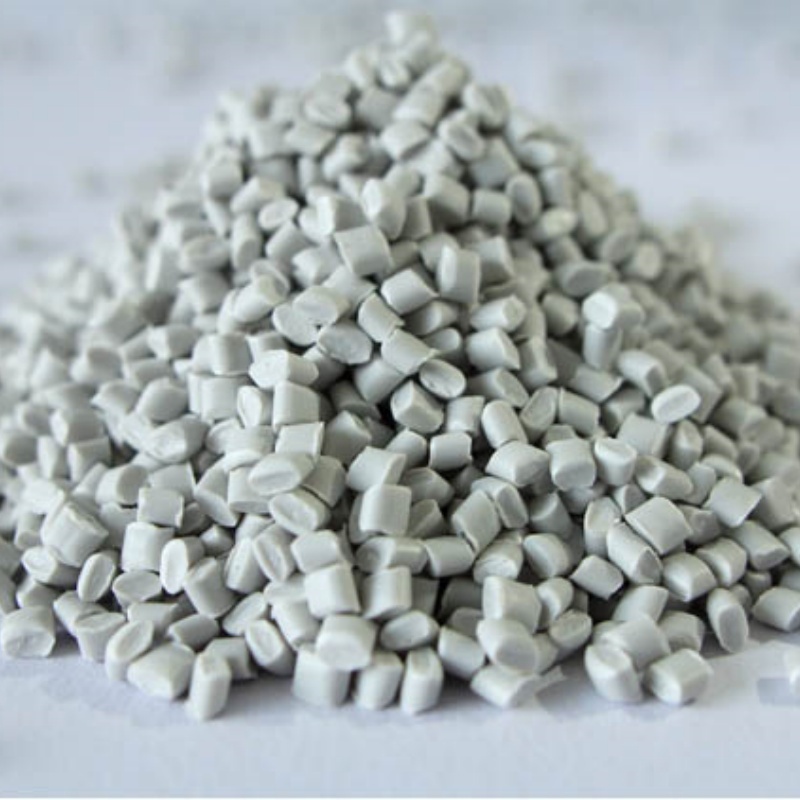High heat resistance ABS material provides optimized thermal stability, superior mechanical strength, and enhanced durability. Designed for automotive components, electronic housings, and industrial applications, it ensures reliable performance under elevated temperatures.
Product Overview
High Heat Resistance ABS Material is an engineering plastic specifically designed to perform excellently in high-temperature environments. While retaining the excellent mechanical properties of ABS, this material is enhanced to withstand higher temperatures, making it suitable for industrial components and electronic device housings that are exposed to extreme heat or significant temperature variations.
Key Features
- High Heat Resistance: The material maintains stable performance in high-temperature environments without deforming or losing functionality, making it suitable for harsh thermal conditions.
- Good Mechanical Properties: Provides excellent impact resistance, rigidity, and wear resistance, making it ideal for demanding operational environments.
- Excellent Processability: Easily processed into complex shapes via injection molding, extrusion, and other techniques to meet various application requirements.
- Chemical Resistance: Exhibits resistance to various chemicals, enhancing the material's durability in industrial applications.
Applications
- Instrument Support Structures: Suitable for high-temperature environments in instrumentation support components, providing reliable stability and protection to ensure long-term instrument operation.
- Electronic Device Housings: Used for manufacturing housings that need to withstand high temperatures, offering robust protection and ensuring the long-lasting durability of the devices.
- High-Temperature Industrial Components: Ideal for mechanical parts exposed to high temperatures, such as machinery enclosures and automotive components, ensuring stability and reliability in extreme conditions.
| Test Properties | Unit | Test Method | Test Condition | Typical Value |
| Physical Properties | ||||
| Density | g/cm³ | ISO 1183 | 1.07 | |
| Filler Content | % | ISO 1172 | - | |
| Mold Shrinkage | % | ISO 294 | Parallel: 0.43, Vertical: 0.43 | |
| Mechanical Properties | ||||
| Tensile Strength | MPa | ISO 527 | Type I sample, 50mm/min | 43 |
| Elongation at Break | % | ISO 527 | Type I sample, 50mm/min, Gauge length 50mm | 3 |
| Flexural Strength | MPa | ISO 178 | 23℃, 10mm/min | 68 |
| Flexural Modulus | MPa | ISO 178 | 23℃, 10mm/min | 2200 |
| Izod Impact Strength (Notched) | KJ/m² | ISO 180 | 23℃ | 12 |
| Charpy Impact Strength (Unnotched) | KJ/m² | ISO 179 | 23℃ | - |
| Thermal Properties | ||||
| Melting Point | ℃ | ISO 11357-1 | - | |
| Heat Deflection Temperature (HDT) | ℃ | ISO 75 | 0.45MPa: 106, 1.8MPa: 92 | |
| Flammability | ||||
| UL Flammability Class | UL-94 HB | |||
| Electrical Properties | ||||
| Surface Resistivity | Ω | IEC60093 | 10000000000000 | |
| Volume Resistivity | Ω·cm | IEC60093 | 1000000000000000 |
 new material
new material






